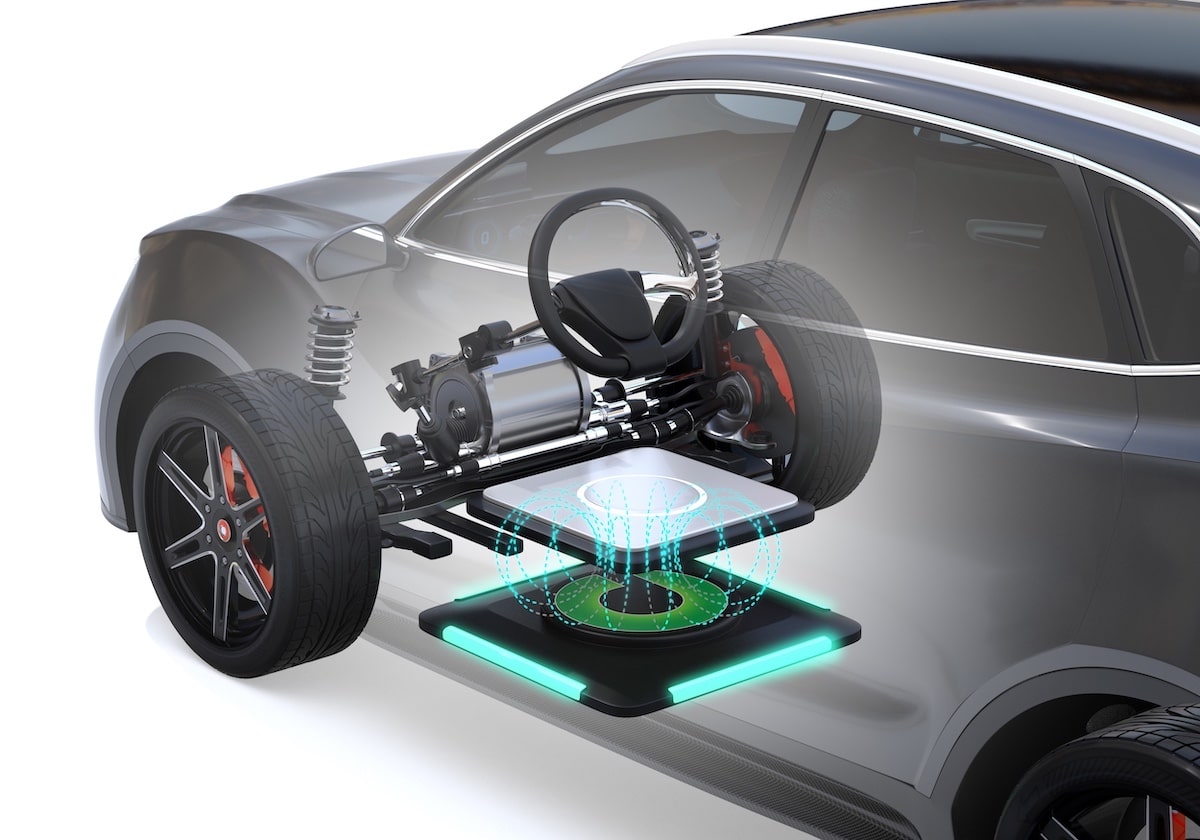What are the advantages and dangers of wireless charging by induction?

Inductive charging, also known as wireless charging, is a technology that allows electronic devices such as smartphones, smartwatches, and wireless earbuds to be recharged without physically plugging them into a power source. This charging method relies on the use of magnetic fields to transfer energy between the charger (or charging base) and the device being charged.
Advantages of wireless charging:
- Comfort and convenience: Wireless charging eliminates the need for cables and physical connectors, simplifying the charging process. Just place the device on the wireless charger to start charging automatically.
- Less wear on connectors: By removing repeated plugging and unplugging, inductive charging reduces potential wear on the device’s connectors, possibly extending its lifespan.
- Better sealing: Since there are no physical charging ports, some devices can be better sealed against water and dust ingress, increasing their resistance to external elements.
- Aesthetic appeal: Wireless charging allows product designers to create sleeker devices without compromising aesthetic appeal with visible charging ports.
Dangers or disadvantages of wireless charging:
- Energy efficiency: Wireless charging can be slightly less efficient than traditional cable charging, as a small amount of energy is lost as heat during wireless transmission.
- Charging speed: Inductive charging can be slower than cable charging, especially if the device is being used during charging. This can be a drawback for users needing quick device recharging.
- Limited charging distance: Most wireless charging technologies have a limited range, meaning the device must be placed directly on the charging base for charging to work. This can be inconvenient for some users.
- Cost: Wireless chargers can be more expensive to purchase than traditional charging cables. Additionally, if your device is not already equipped with wireless charging technology, you may need to buy an additional accessory to enable compatibility.
- Heat: Wireless charging can cause a slight increase in device temperature during charging, but this generally remains within safe limits. However, in some cases, excessive heat can affect long-term battery performance.
- Electromagnetic interference: Although designed to operate safely, wireless chargers may generate electromagnetic interference that could affect other sensitive electronic devices nearby.
In summary, wireless induction charging offers convenience and connector durability benefits, but it can be slightly less efficient and slower than traditional cable charging. Drawbacks also include limited range, additional costs, and potential electromagnetic interference. Nevertheless, the technology continues to improve and evolve, which could mitigate many of these disadvantages in the future.
READ ALSO: Are Tesla vehicles soon equipped with wireless charging?
This page is translated from the original post "Quels sont les atouts et dangers de la recharge par induction ?" in French.
We also suggestthese articles:
Also read





